13 March 2025
In today’s digital age, education is no longer confined to the four walls of a classroom. With the internet becoming a ubiquitous tool for learning, it has opened up a world of opportunities for students, teachers, and lifelong learners alike. One of the most transformative initiatives in this space? Open Educational Resources (OER). These resources are more than just a trend—they're a revolution in how we access, create, and share knowledge globally.
But what exactly are OERs, and why are they so important? Let’s dive in and explore how Open Educational Resources are expanding access to global knowledge, breaking down barriers, and reshaping the future of learning.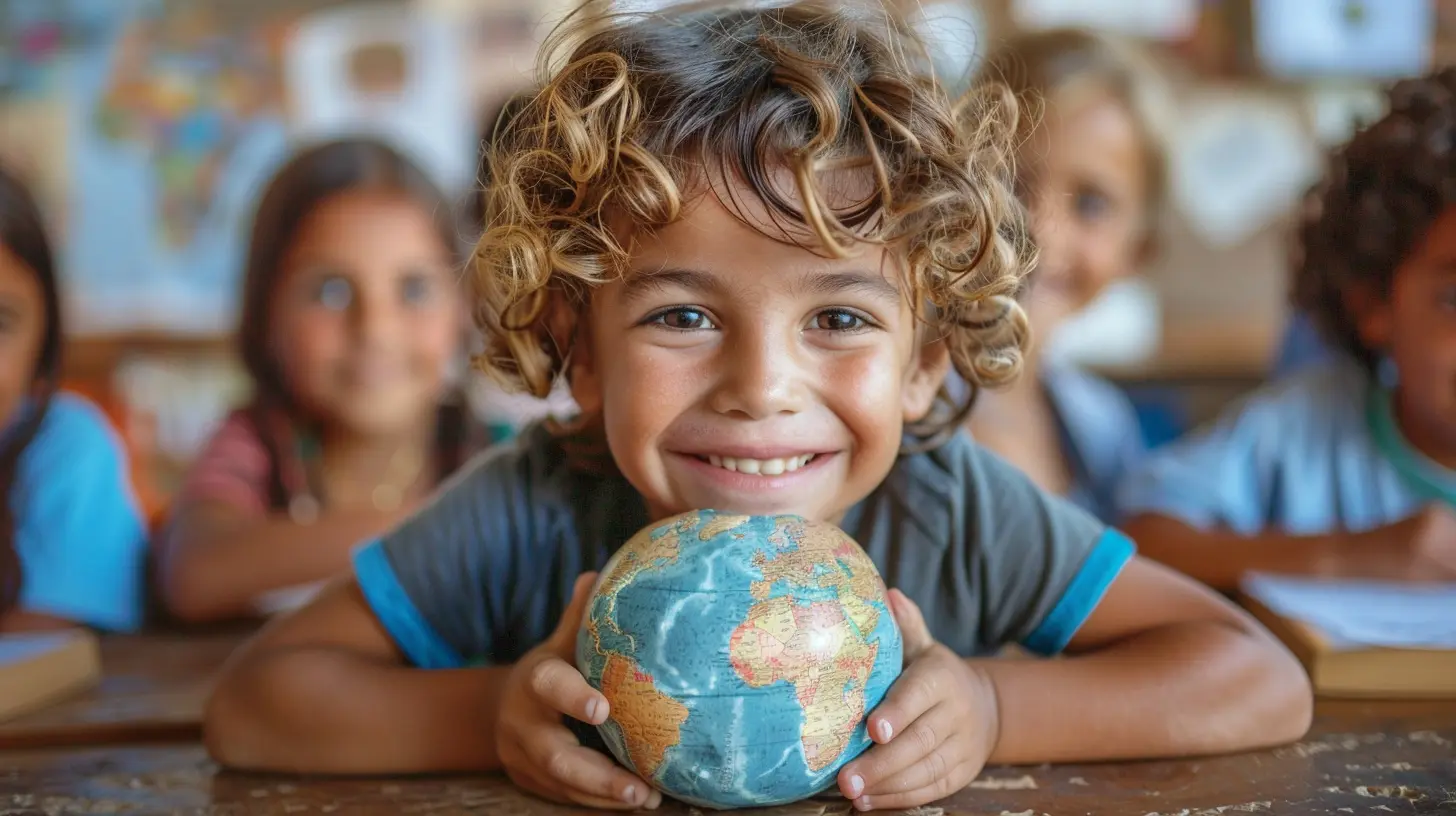
What Are Open Educational Resources (OER)?
At its core, Open Educational Resources (OER) refer to freely accessible, openly licensed materials that are used for teaching, learning, research, and other educational purposes. These resources can range from textbooks and lecture notes to multimedia content like videos, podcasts, and even interactive simulations. But what sets OER apart from other educational resources is their open licensing, usually under a Creative Commons license, which allows users to freely use, adapt, and share the content with minimal restrictions.Think of OER as a global library where everyone—no matter their background or location—gets a VIP pass. You don’t have to worry about paying hefty fees or navigating complex copyright laws. The beauty of OER lies in its flexibility and accessibility.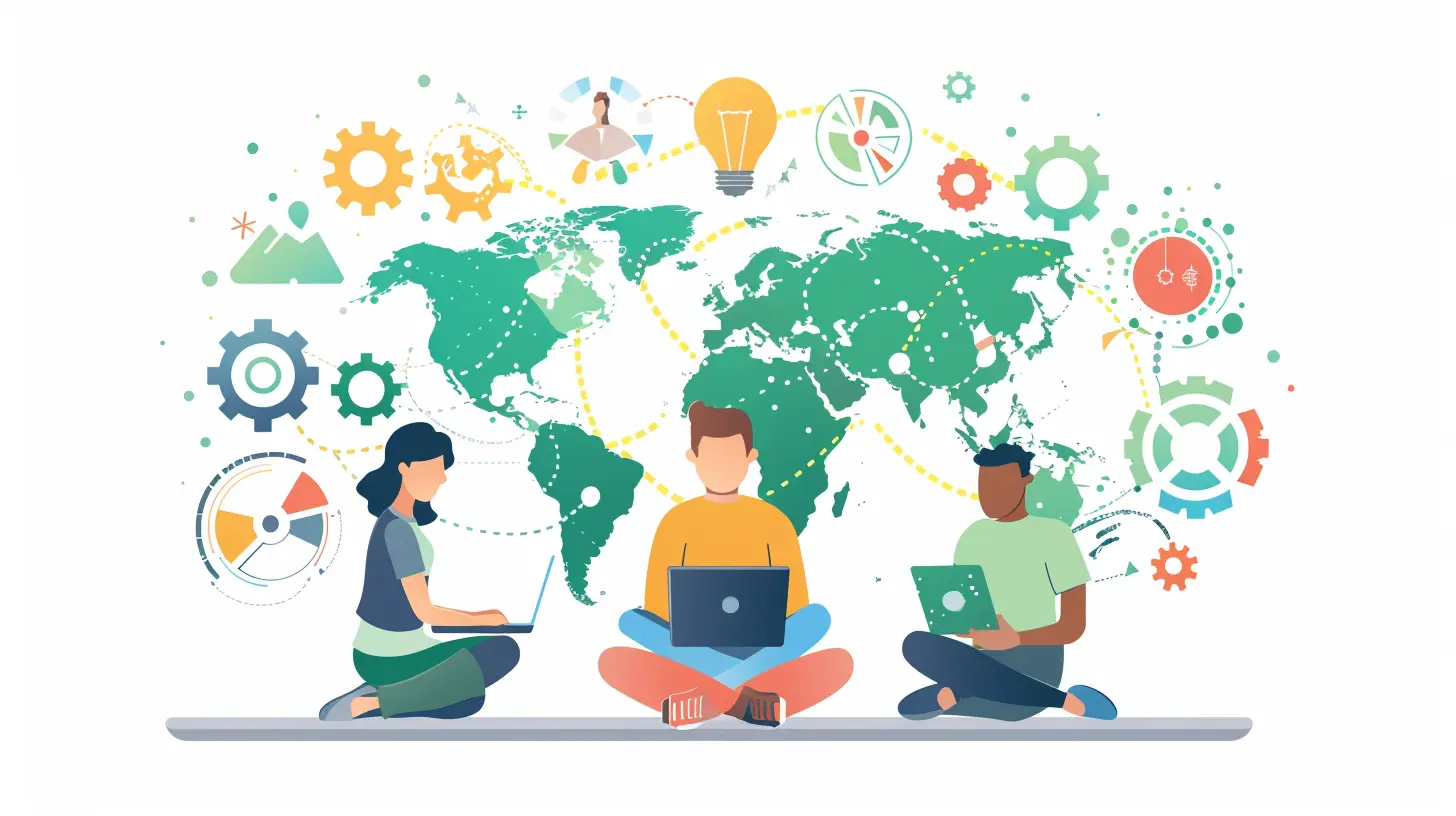
The Core Principles of OER
Before we explore the benefits of OER, it’s essential to understand the core principles that drive this movement. These principles revolve around what is commonly referred to as the 5R Framework:1. Retain – The right to make, own, and control copies of the content.
2. Reuse – The right to use the content in various ways (in classrooms, websites, videos, etc.).
3. Revise – The right to adapt, adjust, or modify the content to fit different needs.
4. Remix – The right to combine the original or revised content with other materials to create something new.
5. Redistribute – The right to share copies of the content with others.
These principles ensure that OER remains dynamic and adaptable, allowing educators and learners to mold the content to suit their specific needs.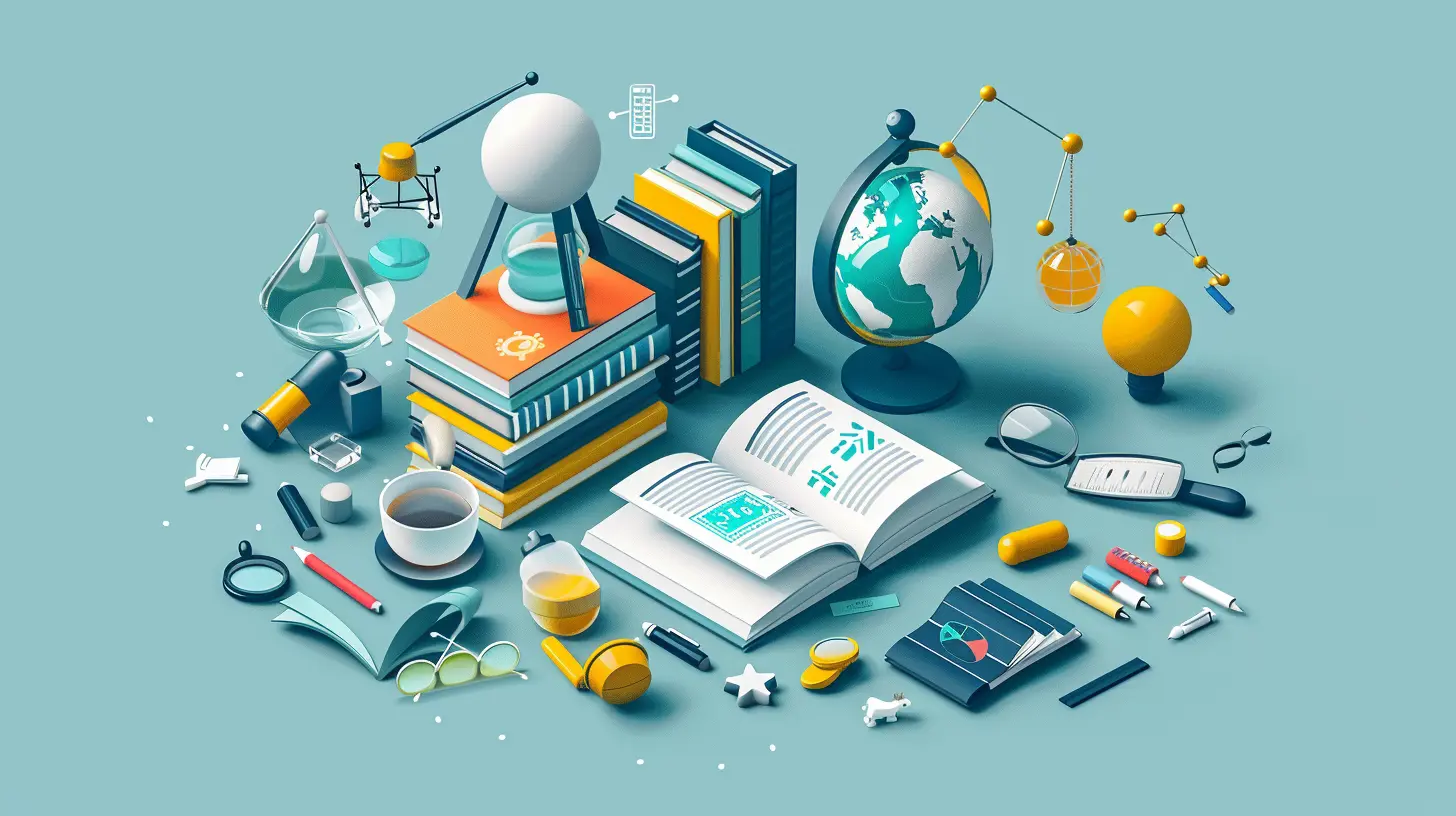
Why Are OER Important?
1. Breaking Down Financial Barriers
Let’s be honest—education can be expensive. Textbooks alone can cost a fortune, often leading students into debt or forcing them to go without the necessary resources. OER tackles this issue head-on by providing high-quality educational materials for free. This is a game-changer, especially for students in underprivileged areas or countries where access to quality education is limited.Imagine a student in a rural village in Africa who doesn’t have access to a traditional school or physical textbooks. With OER, they can access the same high-quality content that a student in New York or London can. It’s like leveling the playing field for everyone, regardless of location or socio-economic status.
2. Promoting Lifelong Learning
Learning doesn’t stop when you leave school or university. In fact, the most successful people are those who commit to lifelong learning. OER allows anyone to continue learning and growing, no matter where they are in life. Whether you’re a retiree looking to pick up a new skill, a professional seeking to expand your knowledge, or a stay-at-home parent exploring a new hobby, OER provides the tools you need.OER fosters a culture where learning is no longer restricted to formal education settings. Now, learning is everywhere, at any time, and for anyone.
3. Empowering Educators and Learners
One of the most powerful aspects of OER is the ability to adapt and customize materials. Educators are no longer confined to rigid, one-size-fits-all textbooks. Instead, they can tailor materials to their students’ unique needs, making learning more engaging and effective.For example, a biology teacher in Brazil might adapt an open textbook to include local examples or translate it into Portuguese. This flexibility fosters creativity and innovation in the classroom, ensuring that lessons are relevant and culturally appropriate.
And it’s not just educators who benefit—students, too, can remix and revise OER to suit their learning styles. Maybe they prefer watching videos over reading long texts or engaging with interactive simulations instead of static diagrams. OER provides the tools for personalized learning, making education more adaptable and enjoyable.
4. Fostering Collaboration and Community
OER is all about sharing and collaboration. When educators share their resources, they open the door for others to contribute, improve, and adapt those materials. This creates a global community of educators and learners working together to enhance the quality of education.Imagine a math teacher in Japan collaborating with a science teacher in Canada. Together, they remix their OER resources to create a cross-disciplinary lesson plan that benefits students around the world. That’s the power of OER—breaking down geographical and institutional barriers to create a truly collaborative learning environment.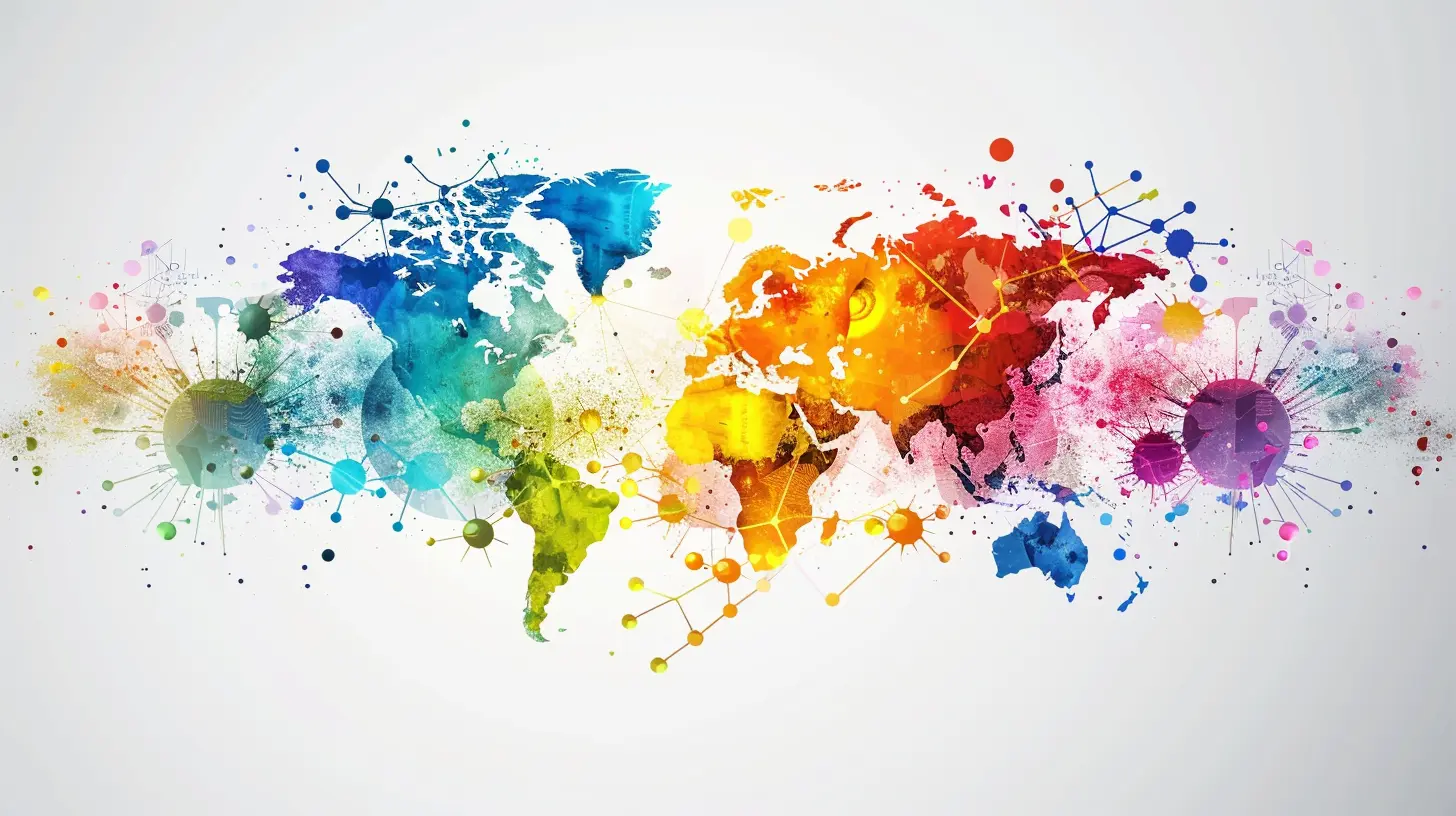
The Role of Technology in OER
The growth of OER wouldn’t be possible without the rise of technology. The internet has made it easier than ever to access, share, and create educational resources on a global scale. Platforms like OER Commons, OpenStax, and MERLOT have become popular hubs for finding and sharing open resources.But it’s not just about access—technology has also made learning more interactive and engaging. With digital tools, educators can create simulations, quizzes, and interactive media that go beyond traditional textbooks. This makes learning more dynamic, fun, and effective.
Moreover, the rise of mobile technology has further expanded the reach of OER. With a smartphone and an internet connection, students in remote parts of the world can access the same educational materials as those in urban areas. This has a profound impact on education equity, bringing high-quality learning to areas that were previously deprived of resources.
Challenges Facing OER
While OER has made significant strides in expanding educational access, it’s not without its challenges. Let’s take a look at some of the hurdles that need to be overcome.1. Awareness and Adoption
Despite the many benefits of OER, awareness among educators and institutions is still relatively low. Many teachers and schools stick with traditional textbooks simply because they are unaware of the wealth of free, high-quality resources available. Additionally, some educators may be hesitant to adopt OER due to concerns about quality or the time needed to adapt materials.2. Digital Divide
While OERs are designed to be accessible to everyone, the digital divide is a real issue. Not everyone has access to high-speed internet or the digital devices needed to access these resources. This is particularly true in rural and underserved communities around the world, where basic infrastructure can be lacking.3. Sustainability
Creating and maintaining high-quality OER requires funding and resources. While many organizations and governments have supported OER initiatives, questions remain about long-term sustainability. Who will continue to fund the creation and curation of these resources? How can we ensure that OERs remain up-to-date and relevant?The Future of OER
Despite the challenges, the future of OER is bright. As more educators, governments, and institutions recognize the value of open access to educational materials, adoption will continue to grow. Governments are already beginning to see the economic and societal benefits and are incorporating OER into national education policies.Moreover, advancements in technology—such as artificial intelligence (AI) and machine learning—could further enhance the accessibility of OER. Imagine AI-powered platforms that automatically translate open textbooks into multiple languages or recommend personalized learning paths based on a student’s performance. The possibilities are endless.
At its heart, OER is about democratizing education. By removing financial, geographical, and institutional barriers, it ensures that everyone, everywhere, has access to the knowledge they need to succeed.
Conclusion
Open Educational Resources are more than just free textbooks—they represent a fundamental shift in how we think about education. In a world where access to knowledge is often limited by financial or geographical barriers, OER offers a solution that is inclusive, flexible, and collaborative. It’s about making education a public good, accessible to everyone, regardless of where they are or what resources they have.As we move forward, the challenge will be to continue raising awareness, investing in infrastructure, and ensuring the sustainability of these resources. But one thing is clear: the future of education is open, and OER is leading the way.

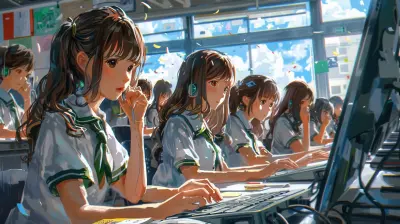

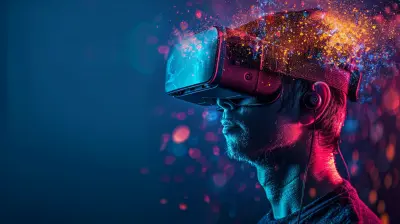





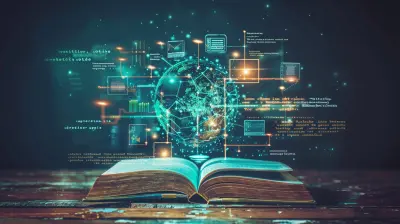
Danica McInerney
Open Educational Resources are a game-changer in democratizing education. By breaking down barriers to access, they empower learners worldwide, fostering a culture of collaboration and innovation. Embracing OER is essential for creating an inclusive and equitable educational landscape.
April 1, 2025 at 8:51 PM